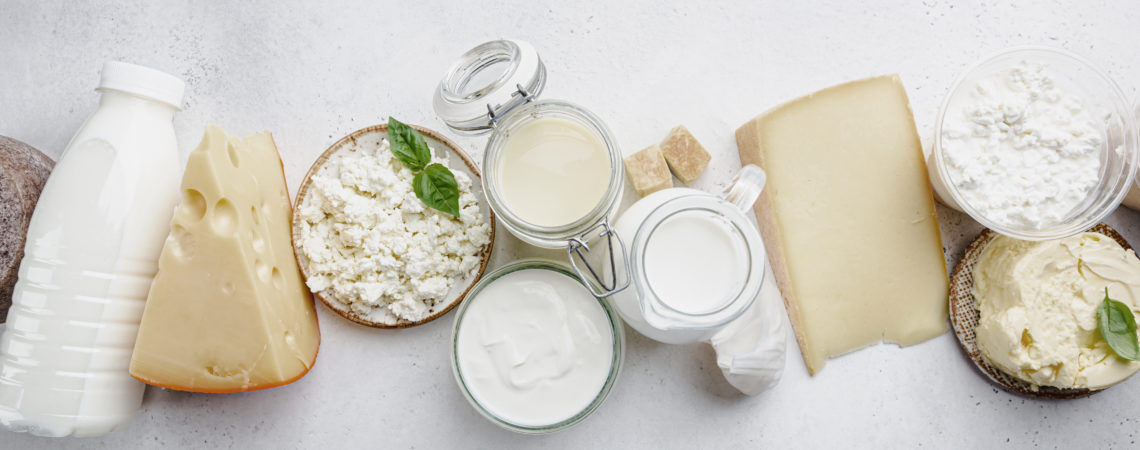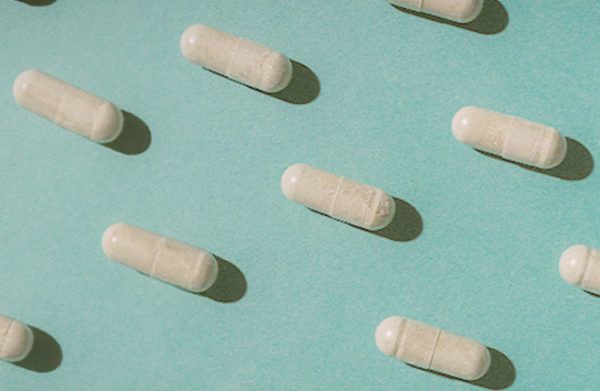
SHA Magazine Healthy Nutrition
Why milk and dairy products should not be part of a healthy diet
A study published in 2021 by the Harvard School of Public Health journal has once again questioned whether milk should be considered an essential component of a healthy diet.
The study states that the current recommendation of consuming milk or three servings of dairy a day is not justified in countries where there are no nutritional deficiencies. The authors concede that in places where there are nutritional problems, especially with children, daily milk consumption is a good option for maintaining calcium and vitamin D levels. However, if our diet is balanced, daily milk consumption may increase our risk of being overweight or obese or our risk of cardiovascular disease, fractures in older age, and some tumours. The Harvard School of Public Health believes that milk could be replaced by water.
Other experts and researchers want to eliminate milk and dairy because they believe that ‘high consumption significantly increases the risks of prostate and ovarian cancer’. This call has been made to the United States Department of Agriculture (USDA) to change the role of milk in the food pyramid. In addition, according to the study, high milk consumption is also linked to diseases such as allergies, asthma, constipation, conjunctivitis, obesity, anemia, and fibromyalgia.
This study points out that humans are the only mammals that continue to drink milk beyond weaning, and this is something that they consider excessive and unnecessary.
Let’s take a look at some reasons why milk is not an essential food, as we have been told.
It is hard to digest: We all know people who are lactose intolerant, and many people simply find that milk makes them bloated like a balloon. Several studies have shown that from the age of three, we begin to have problems digesting milk. At that stage of life, it is usually no longer breast milk; it is milk from another mammalian species, usually cows, which, incidentally, have four stomachs.
Research by the U.S. Government Committee on Nutrition concluded several years ago that most adults have low levels of intestinal lactase: 75 percent of humans stop secreting two enzymes necessary for the digestion of milk after the age of three: lactase (responsible for the digestion of milk sugar, lactose) and renin (responsible for the digestion of casein, the milk protein). The absence of these enzymes causes crampy gas, diarrhea, asthma, allergies, intestinal disorders, etc.
Pasteurised milk (the milk consumed by most humans in Western countries) lacks nutrients. By going through the pasteurisation process, the calcium is transformed into inorganic calcium; the heat alters its molecular structure and renders it toxic and useless. The process also alters the casein, which becomes indigestible because it coagulates and hardens. It is believed that the altered calcium is not absorbed and is deposited in soft tissues, producing calcifications that cause diseases such as arthritis, cataracts, stones, and kidney stones.
It alters our microbiome. When we drink milk and other dairy products, the intestinal flora ferments some and rots others, resulting in toxic by-products that leave us without energy.
It increases cardiovascular risk. Milk is rich in saturated fats that accumulate in our arteries, producing arteriosclerosis, one of the most important and widely studied cardiovascular risk factors.
It may contain pesticides, hormones, and antibiotics. These toxic substances accumulate in the tissues and fluids secreted by the animal, including the milk we consume. In addition, the feed used to feed industrially farmed animals is contaminated with hormones and pesticides.
Finally, here is a reminder: calcium can be obtained from healthier sources. Seaweed, fruits, green leafy vegetables, nuts, and sesame seeds are an excellent source of calcium, much healthier and easier for our bodies to assimilate.





